
Yes, I’m a copycat – but only when it comes to food! My Israeli couscous with root vegetables and my new favorite spice Baharat is case in point. It’s so delicious I can’t make it enough. So who am I copying you ask? There is a great vegetarian restaurant here in Columbus called Little Eater. To say I love the food there is an understatement. The flavor profiles they use are so creative and always delicious combinations you wouldn’t ordinarily expect. Among my favorites are the butternut squash and goat cheese sandwich with onion jam, the sweet potato soup, chocolate chip cookies, and this root vegetable couscous. I literally have cravings for it and decided I needed to make it at home.
Israeli couscous is pasta which is toasted instead of dried and it has a nice chew like orzo. It is sometimes called pearl couscous because it looks like little pearls which make it such a pretty addition to any meal or buffet table. It’s also a nice change from rice or potatoes. I add it on top of salads, serve it as a side, place a bed of it under fish, chicken, lamb or stew, or just eat in a bowl as a little nosh. The ratio of vegetables to couscous in this dish makes it very appealing. If you are trying to cut down carbs it’s a way more than 50/50 in favor of vegetables which you can see in the photo. Plus, it’s very quick and easy even with all vegetable dicing. Start to finish you will be done in less than an hour. Sounds good right?
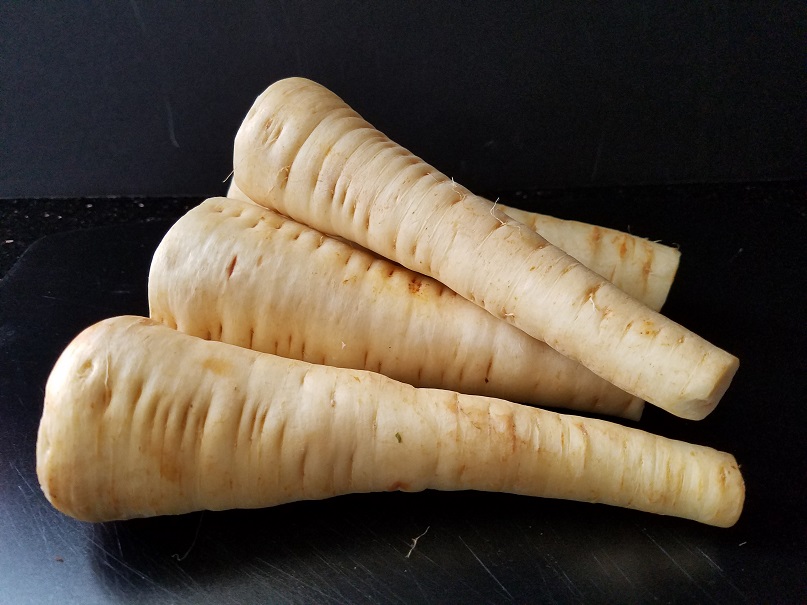
I have to get off topic for a minute to share this tip with you… a few months ago I took a vegetable butchery class at Little Eater with the owner Cara Mangalini. She shared a wealth of knowledge on how to select, prepare, store, and cook vegetables. One of my favorite takeaways was the concept of using nut oils. She used walnut oil in one of the salads we sampled and you could taste something different which may not have been obvious, but it added something so special to the dish. I have just started to incorporate walnut and almond oil in some of my cooking as a finishing oil, or in dressing and strongly recommend you try it.
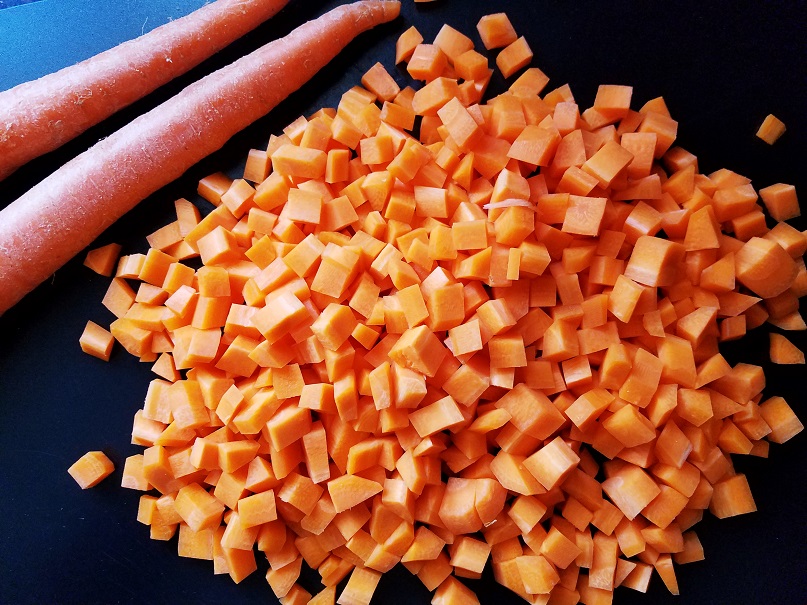
Another thing she suggested was to try new vegetables and prepare them in a way that is unexpected. Her couscous has rutabagas and currents which is an amazing combination. As much as I like them, unfortunately, I don’t think rutabagas like me very much. Given that I love parsnips (and they me!), I thought I would use them in my recipe. Plus, I think parsnips are an underappreciated vegetable so it’s time to give it a try if you haven’t already. As for the spice, that was easy. Since my trip to Israel last summer, one of my new favorite spices is Baharat* and I thought it would be a nice combination with the root vegetables because it has a nice warming flavor with notes of cinnamon. Baharat, which literally means spices, is an Israeli spice which if you think of as similar to pie spice with a kick and a little exotic, you’ll at least have a frame of reference.
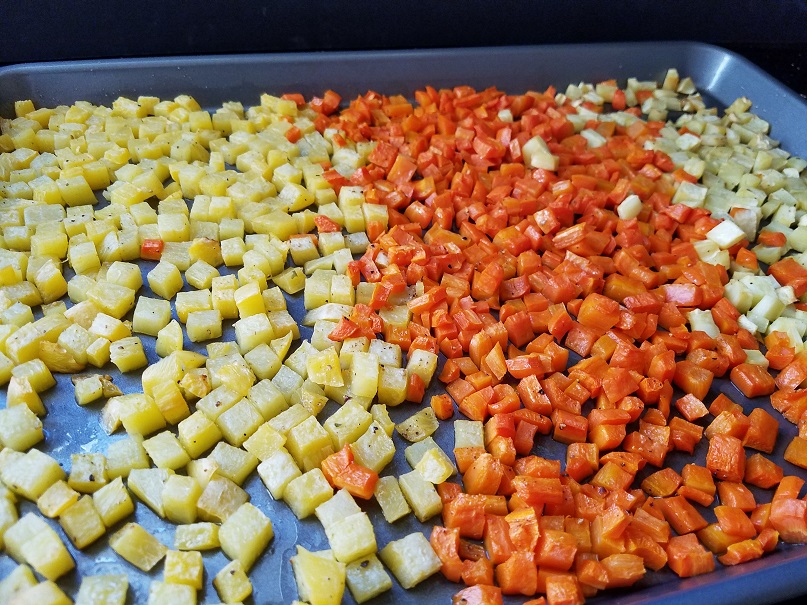
When creating or recreating a recipe it’s always trial and error. I write down all of the ingredients, guess the ratio and give it a try. It took a few tries, but I just kept adding more and more vegetables until I came up with a version I absolutely love and think you will too. Of course, if you love rutabagas, swap them out with the parsnip.
Oh, and Cara, if you are reading this, Thank you for bringing your vegetable forward restaurant to Columbus! I’ll be in soon for another butternut squash sandwich and of course, a chocolate chip cookie. But I’ll be making my version of your couscous at home. Any Columbus peeps reading this, make a trip there, you’ll be glad you did! But in the meantime, go buy some Israeli couscous! Enjoy!
Makes 8 to 10 side dish servings
Ingredients
1 ¼ pound carrots peeled and diced small ½”
1 ¼ pound parsnips peeled and diced small ½”
¾ cup whole roasted almonds chopped**
½ cup cranberries chopped
2 tablespoon extra-virgin olive oil
2 tablespoons freshly minced parsley
1 tablespoon fig balsamic vinegar (or other fruity balsamic)
1 teaspoon Baharat
1 teaspoon salt
½ teaspoon black pepper
For the couscous:
1 cup dry Israeli couscous (also called pearl couscous)
1 and 1/2 cups water
2 teaspoons olive oil
½ teaspoon salt
Heat your oven to 425 degrees. Dice all of your vegetables into a small dice and place into a 5qt bowl. Drizzle with olive oil, sprinkle with salt and pepper and toss to coat. Place on 2 sheet pans. When roasting, never crowd the pan as the vegetables will steam instead of roasting. Place in the oven for 20 to 30 minutes checking on them after 10 minutes and toss them around. You want them to lightly roast but still have a little bite to them.
While the vegetables are roasting prepare the couscous: In a small pot, bring 1 ½ cups of water to a boil with ½ teaspoon salt. While waiting for the water to boil, heat 2 teaspoons of olive oil on medium-low heat in a 3 quart saucepan. Add the dry couscous and stir around to coat in the olive oil. Allow to cook for about 5 minutes to lightly toast the couscous. Add the boiling water to the couscous very slowly and cover the pot. Cook for 10 minutes, or until the water is absorbed, and the pearls are tender.
While everything is roasting and boiling: Chop the almonds and set aside. Chop the cranberries and set aside. Mince the parsley and set aside.
When the vegetables are ready it’s time to assemble everything. Into a large bowl, add the couscous and vegetables (use a spatula and try to get some of the roasting oil as well), parsley, cranberries, almonds, Baharat, balsamic and toss. Taste for seasoning and adjust to your liking.
*If you click on the word Baharat anywhere in this post it will take you to a website which has some history, cooking tips, and different spice combinations of Baharat. I brought some back from Israel with me, but have also found it at a couple of local groceries, World Market and Whole Foods. Each one tastes a little different, but of the 4 I have tried, all were very good – just different.
**Toasting almonds (or any nut) is very easy. Preheat your oven to 300 degrees. Put the almonds on a sheet pan and place in the center of your oven for about 5 to 10 minutes. Once you start to smell them, they are done. Make sure to keep an eye on them. You can also buy them already roasted.



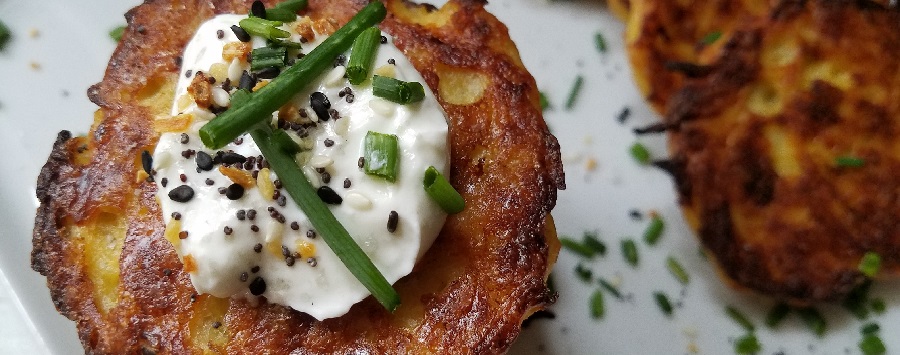

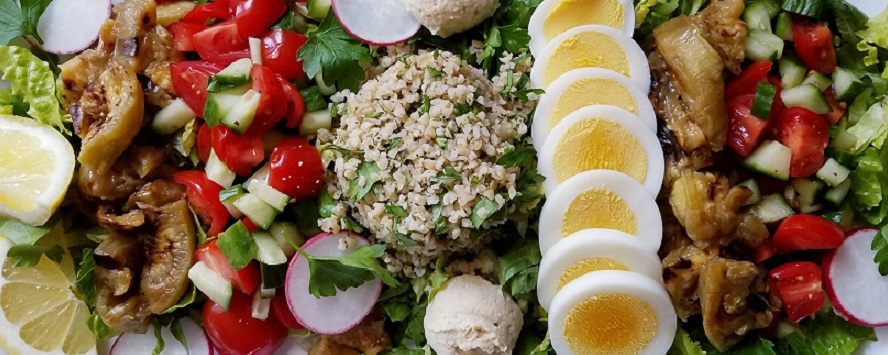
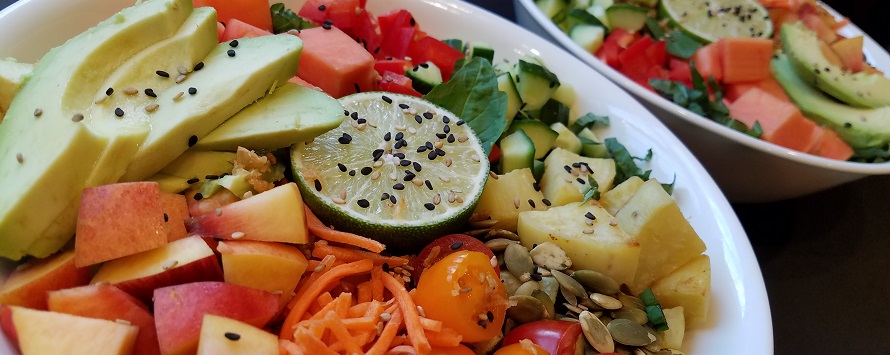



Yup I am going to make this for sure. I love roasted root veggies
I’m working on a summer version now. It’s like I can’t live without it!
This is exactly the way I like to eat. Going to make it for sure!! I also love the idea of toasting the Israeli couscous. Haven’t done that before. And I will look for Baharat, as well. Thanks for the great tips, Sherri!